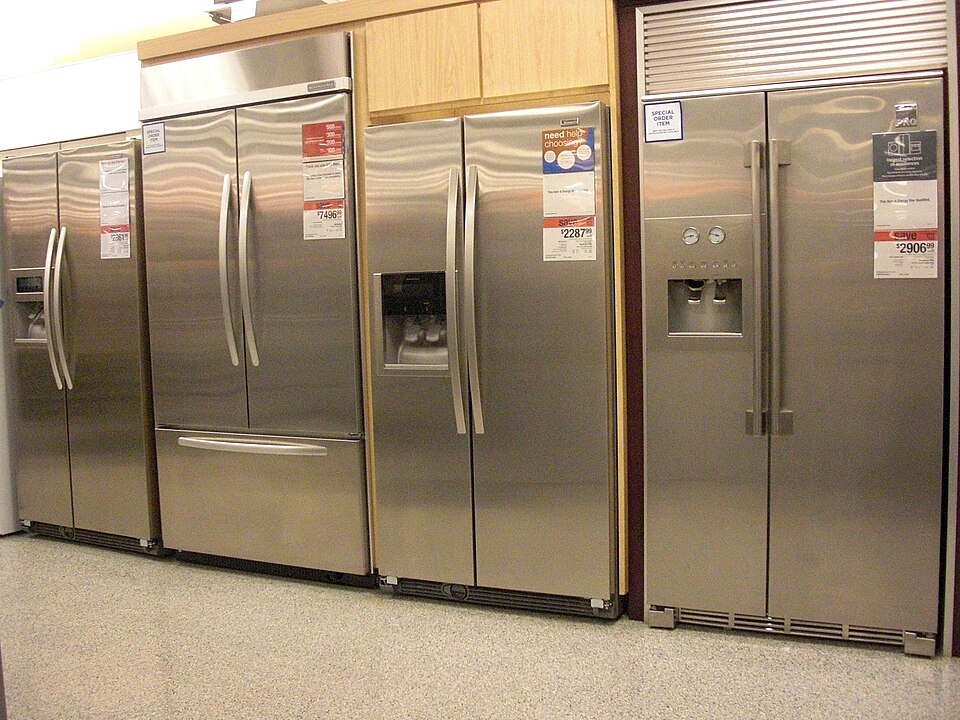Pumpkins set the mood long before Halloween arrives. The trouble starts when a warm afternoon or a humid night turns a crisp grin into a slump. Uncarved pumpkins can last about a month at room temperature, but carving changes everything. Once the rind is cut, moisture escapes, microbes move in, and decay speeds up. The fix is simple: clean well, manage heat and humidity, and choose safe treatments that slow mold without inviting pests.
Pumpkin Longevity At A Glance
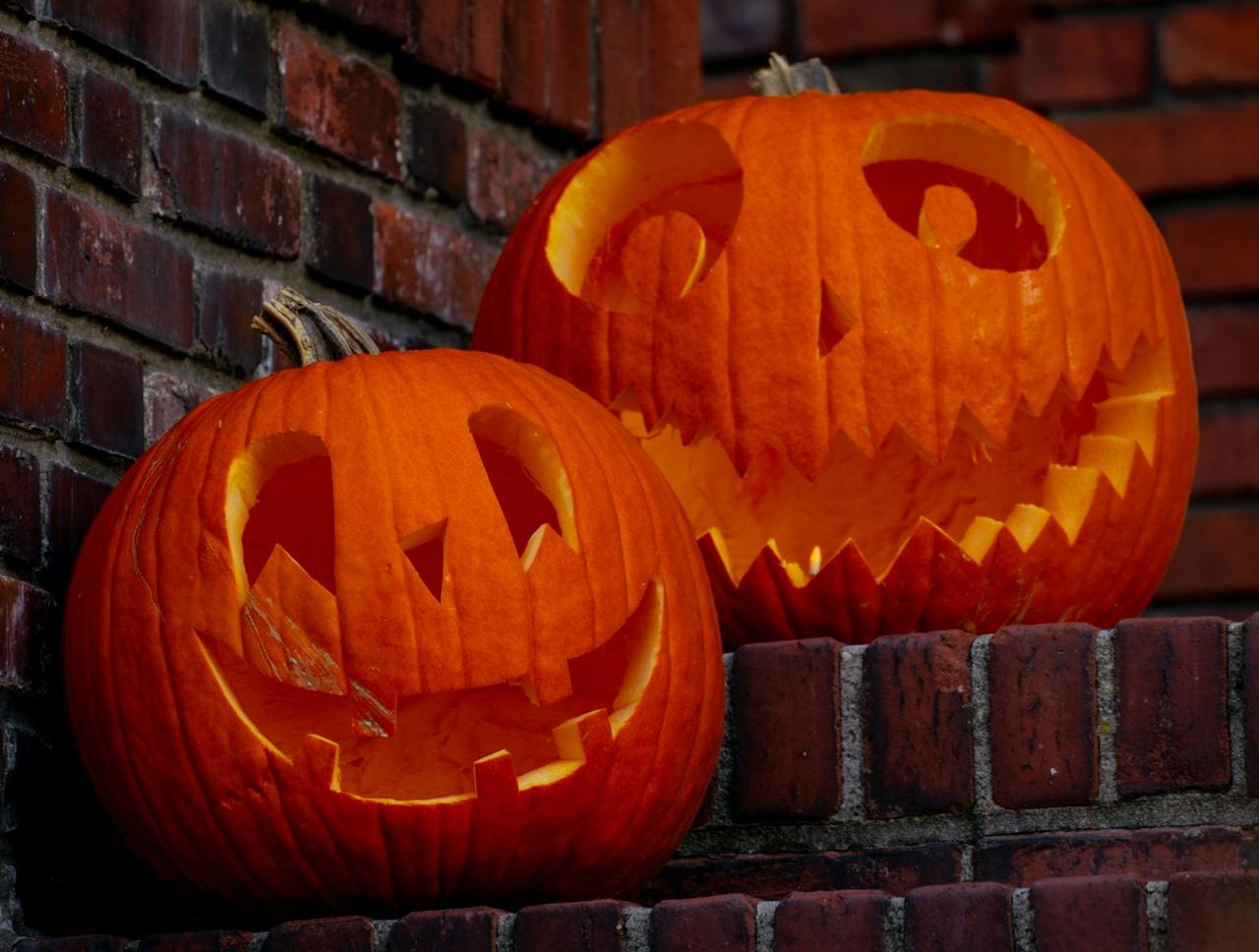
The Old Farmer’s Almanac notes that uncarved pumpkins last roughly a month indoors, while carved ones usually keep only three to five days. Heat, humidity, and handling shorten that window fast. In warmer regions, the timeline shrinks further. Carve as close to Halloween as possible and plan displays with weather in mind.
Placement matters. Shade beats direct sun. A covered porch beats an exposed step. If the forecast spikes, give carved pumpkins a daytime break indoors. Those little adjustments keep faces firm and color bright.
What Speeds Rot And How To Slow It
Pumpkins are water-rich, so once a knife breaks the rind, cells collapse and moisture evaporates. That loss weakens structure and invites mold. Daily temperature swings add condensation that settles into cuts and creases. The result is a soft, sour slump.
Cleanliness fights the first wave of decay. Wash the skin with cool, soapy water and dry it completely. Use clean knives and scoops to avoid moving kitchen bacteria into fresh cuts.
Air and light need control. Sun heats the rind, shrinks it, and stresses the shape. Shade and airflow lower surface temperature and help moisture evaporate evenly. A simple tilt prevents rain or dew from pooling inside the cavity.
Timing is quiet strategy. Carve the same day you plan to display. Bring pumpkins inside during peak heat. Cool, stable conditions buy time, and a short display window preserves the best look.
Wash Before You Carve
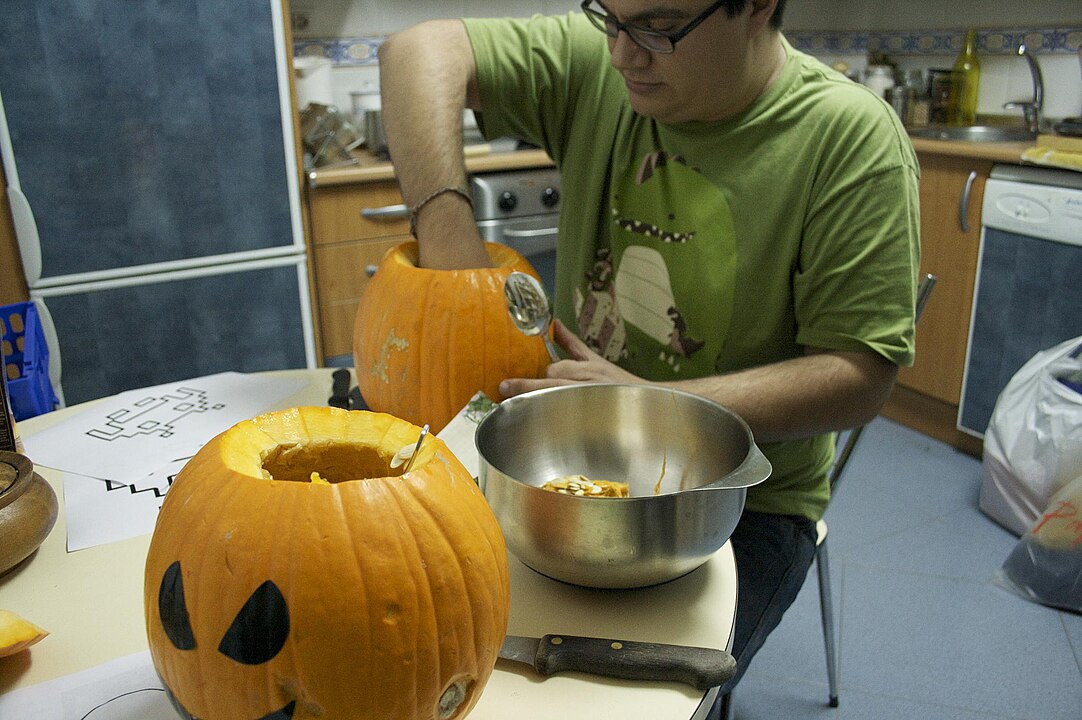
Start with the simplest job: soap, water, and a soft cloth. Dirt and pollen hold microbes; cleaning removes what mold feeds on. Rinse well and dry the rind so no droplets hide around the stem or base. A dry start slows the slide toward rot right from the first cut.
Use clean tools and a dry towel nearby. Wipe down knives between passes. Every small step limits the microbes you introduce and gives any later treatment a fair chance to work.
Placement, Dry Interiors, And Moisture Control
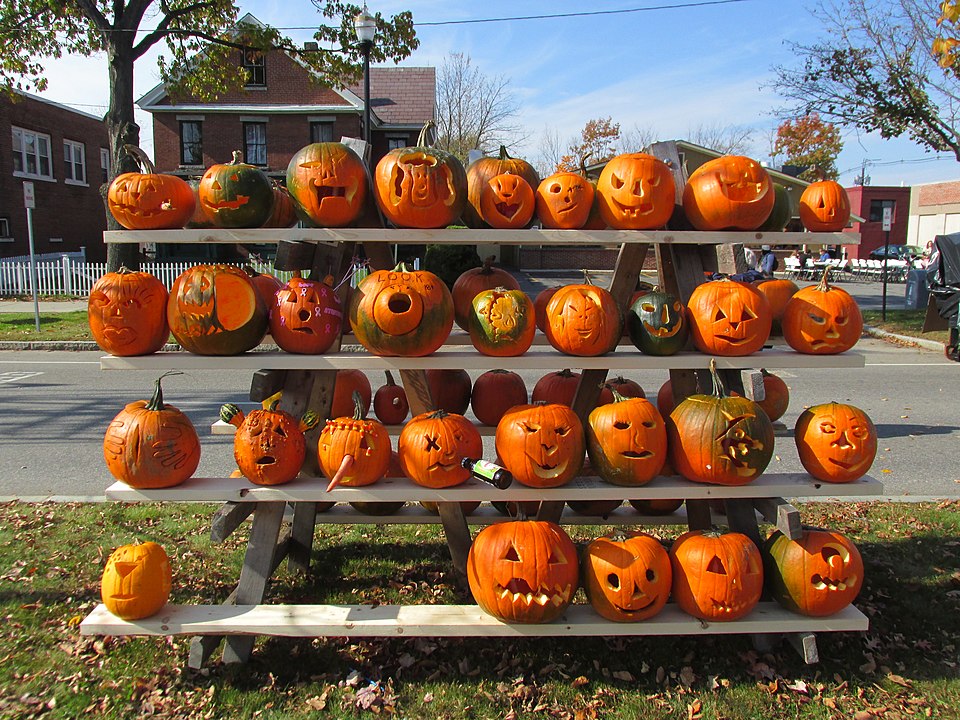
Shade is preservation. Direct sun speeds evaporation and shrivels detail work. Choose a covered porch, a north-facing ledge, or the shadow of a wall. Airflow helps too. A gentle breeze keeps surfaces cooler and discourages condensation in tight corners.
Inside the pumpkin, remove every seed and string. Pulp is food for mold and a wick for water. Scrape until walls feel smooth, then pat them dry. A slightly thinned face also holds shape better after carving and loses less water to the open air.
Water is the quiet spoiler. Tilt the pumpkin so dew drains out instead of puddling at the base. If a storm is coming, move it under cover. In a heatwave, give it an afternoon indoors. That rotation keeps lines crisp.
If you illuminate, keep the cavity clear. Debris near a flame can scorch and raise temperatures where you least want them. Even with LEDs, a tidy interior looks better and lasts longer.
Coconut Oil As A Gentle Seal
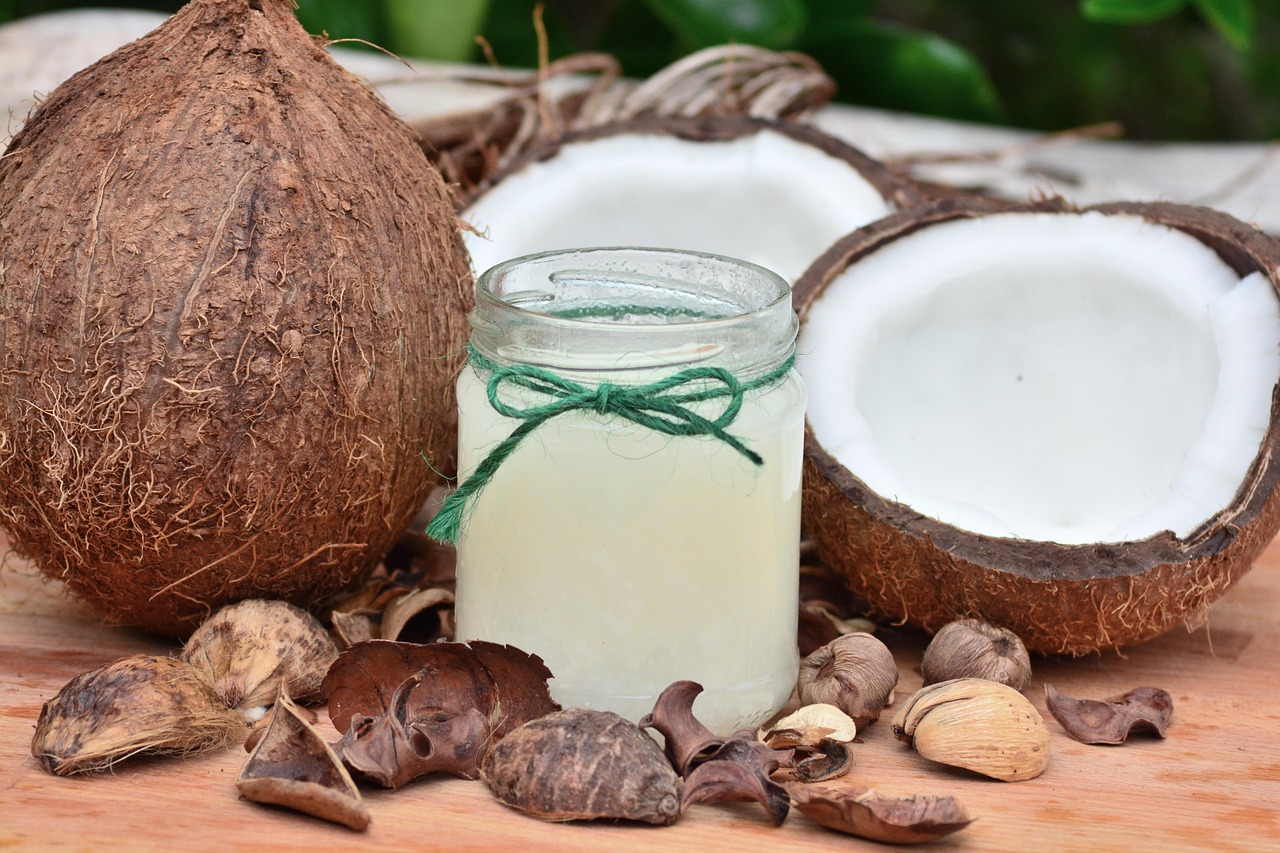
A thin coat of coconut oil on the exterior, interior walls, and carved edges creates a light barrier that slows moisture loss. It is biodegradable and wildlife-friendly, which matters on front steps where critters roam. The aim is a sheen, not a glaze. Too much attracts dust and drips. Reapply sparingly if the surface dulls or dries.
The Spruce found coconut oil to be one of the most effective treatments for slowing mold growth. It also gives the surface a clean, subtle sheen without feeling greasy.
Petroleum Jelly And Safer Light
Petroleum jelly excels on fresh cuts. It seals fine details like teeth and corners where drying hits first. One point of caution stands out. Petroleum jelly is flammable at high heat. Swap real candles for battery LEDs to protect both the pumpkin and your porch. Cool light preserves shape without drying the cavity
However, keep safety in mind. Petroleum jelly can ignite at around 400°F, so skip candles altogether. Use battery-powered LED lights or tea lamps instead. They shine just as bright without heating or drying the inside..
Sources
- Old Farmer’s Almanac, pumpkin longevity and care basics for carved and uncarved pumpkins
- The Spruce’s comparative preservation tips


